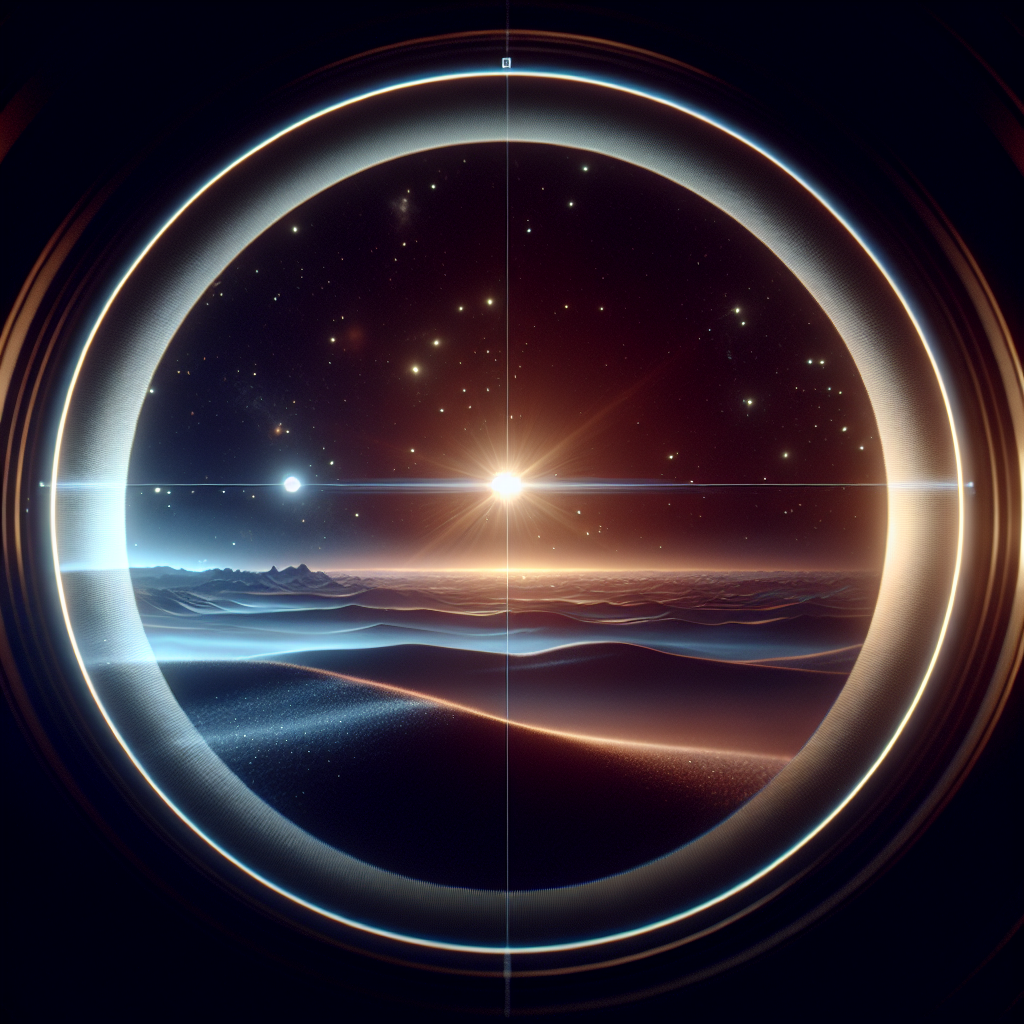NASA’s Hubble and Webb Telescopes Uncover Unexpectedly Smooth Disk Encircling Vega
-
Table of Contents
NASA’s Hubble and Webb Telescopes Uncover Unexpectedly Smooth Disk Encircling Vega
Space exploration has always been a source of wonder and fascination for humanity. The vastness of the universe and the mysteries it holds continue to captivate our imagination. In recent news, NASA’s Hubble and Webb telescopes have made a groundbreaking discovery, uncovering an unexpectedly smooth disk encircling the star Vega. This finding has significant implications for our understanding of planetary formation and the potential for life beyond Earth.
Unveiling the Smooth Disk
Vega, a bright star located in the constellation Lyra, has long been a subject of interest for astronomers. Its proximity to Earth and its prominence in the night sky make it an ideal target for observation. However, it was only through the advanced capabilities of the Hubble and Webb telescopes that scientists were able to reveal the true nature of the disk surrounding Vega.
Previous observations had suggested the presence of a debris disk, a collection of dust and rocky fragments that often indicates the formation of planets. However, the latest images captured by the telescopes revealed a surprising smoothness to the disk. This unexpected finding challenges existing theories about planetary formation and raises new questions about the processes at work in our universe.
Implications for Planetary Formation
The smoothness of the disk encircling Vega challenges the conventional understanding of how planets form. According to current models, planets are thought to develop from the accumulation of smaller objects, such as asteroids and comets, within a debris disk. These objects collide and merge over time, eventually forming larger bodies that become planets.
However, the smoothness of the disk surrounding Vega suggests a different mechanism may be at play. It is possible that the disk has undergone a process of self-regulation, where collisions between objects have been minimized or eliminated. This could be due to the presence of larger bodies within the disk that have cleared out smaller debris, creating a more uniform structure.
This discovery opens up new avenues for research and challenges scientists to rethink their understanding of planetary formation. By studying the disk around Vega in more detail, astronomers hope to gain insights into the processes that shape our own solar system and the potential for habitable planets elsewhere in the universe.
Case Study: The Solar System
One example that highlights the importance of studying planetary formation is our own solar system. The planets in our system exhibit a wide range of characteristics, from the rocky terrain of Mercury to the gas giants like Jupiter and Saturn. Understanding how these diverse worlds came to be can provide valuable insights into the conditions necessary for life to thrive.
By comparing the smooth disk around Vega to the debris disks observed in other star systems, scientists can begin to piece together a more comprehensive picture of planetary formation. This knowledge can then be applied to our own solar system, helping us understand the unique factors that led to the formation of Earth and the emergence of life.
Summary
The discovery of an unexpectedly smooth disk encircling Vega by NASA’s Hubble and Webb telescopes has challenged existing theories of planetary formation. The smoothness of the disk suggests a different mechanism may be at play, raising new questions about the processes that shape our universe. By studying the disk in more detail, astronomers hope to gain insights into the formation of our own solar system and the potential for habitable planets elsewhere. This discovery highlights the importance of continued space exploration and the valuable knowledge it brings to our understanding of the universe and our place within it.


